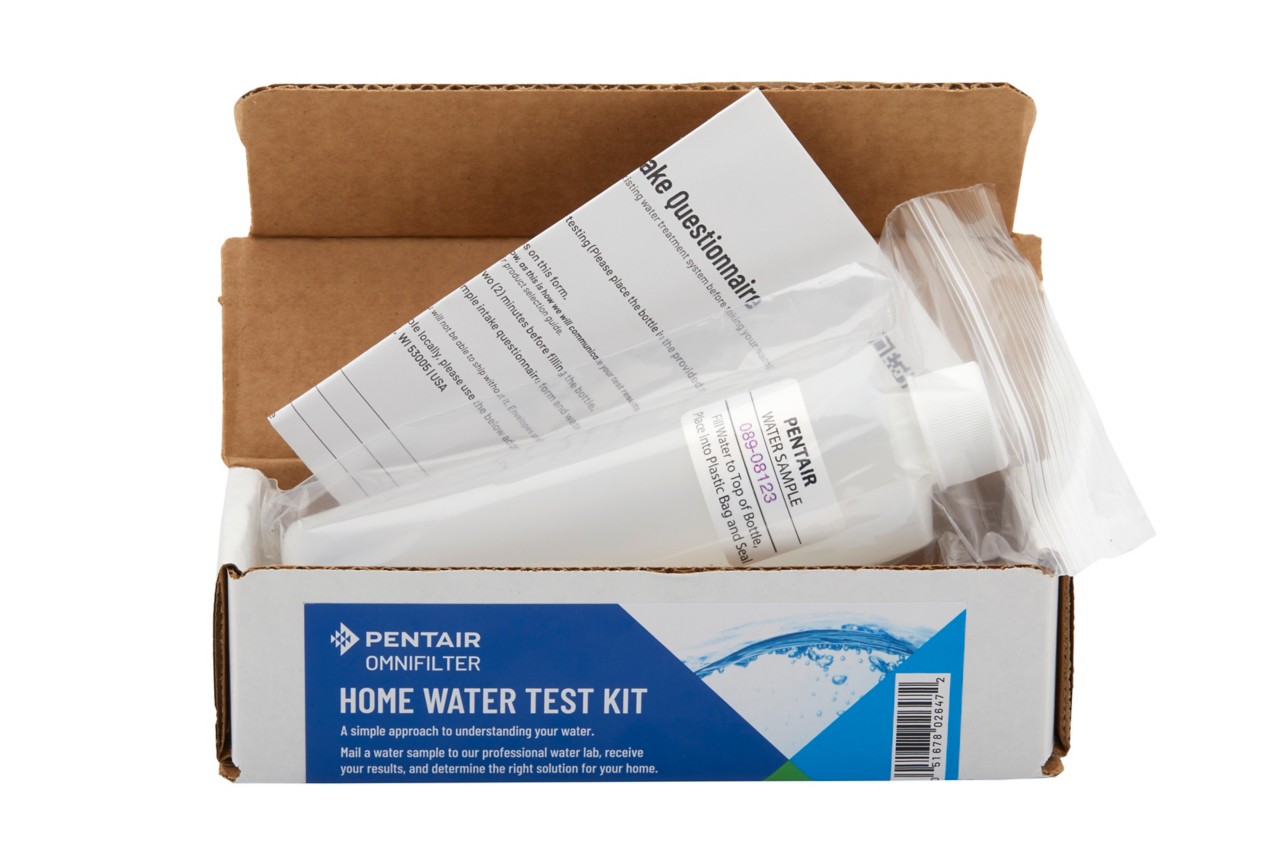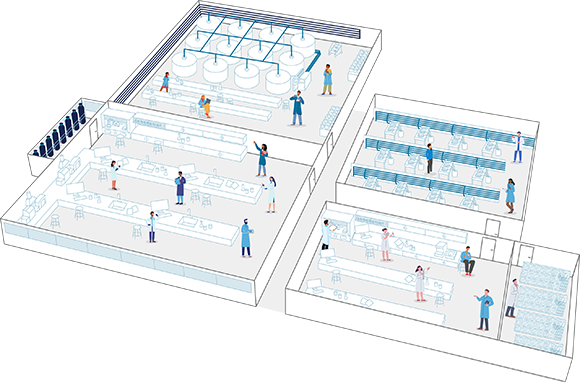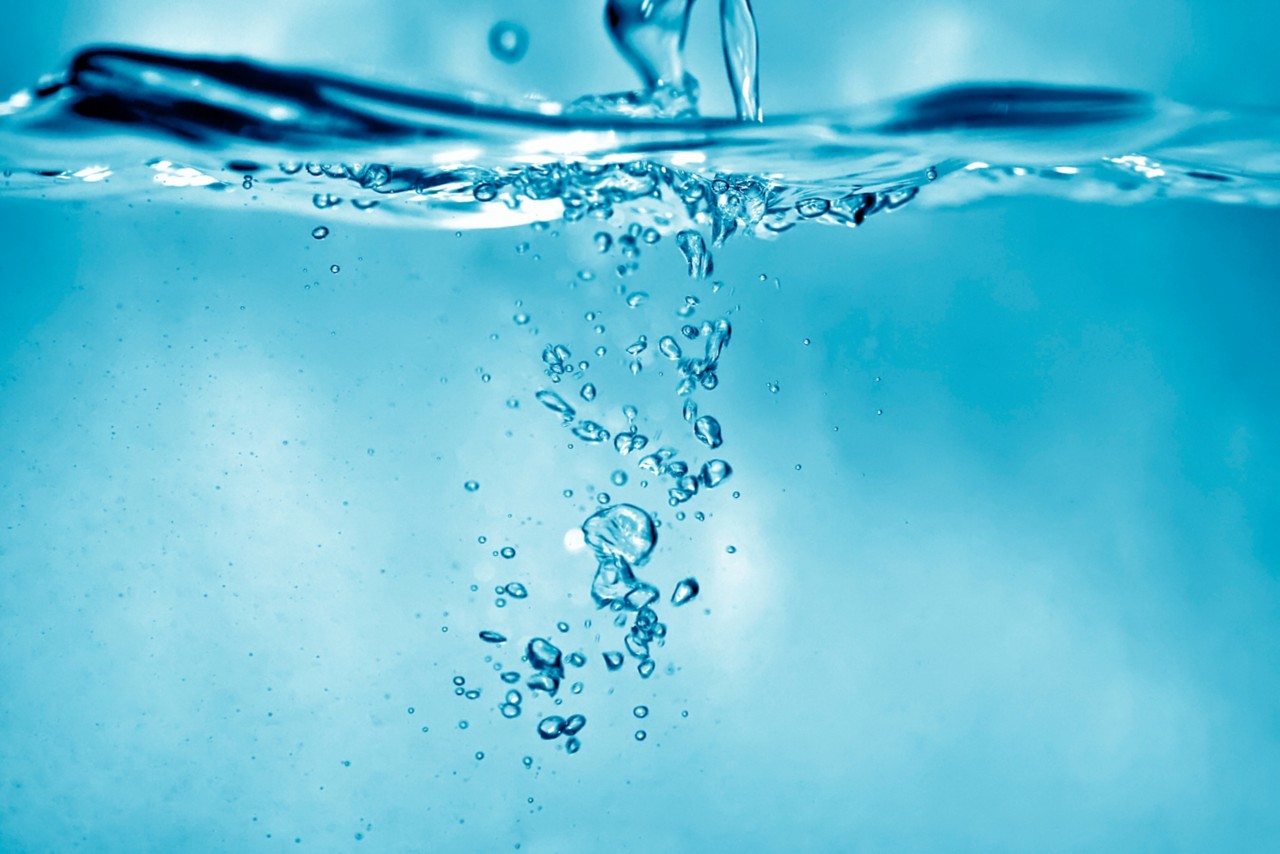The easiest method of melting snow for water is to use a modern camping stove with its own fuel, like propane gas or petrol. First, collect your ice or snow. If possible, melt ice rather than snow, as it is more compact and contains more water than snow. Use a pot with good insulation and always use your lid to conserve fuel.
Start with a thin layer of snow or ice on the bottom of your pot — never pack it to the top. Snow is an efficient insulator, so if you stuff your pot full of snow, you can burn out the bottom. Add a little at a time until you have the amount of water you need.












